#post-soviet
Text
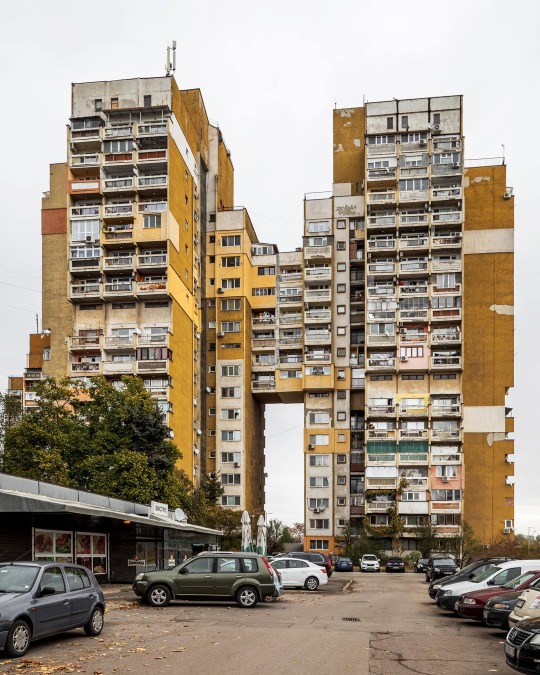
Residential building, built in the 1970s. Sofia, Bulgaria.
Photo: Stefano Perego
3K notes
·
View notes
Photo




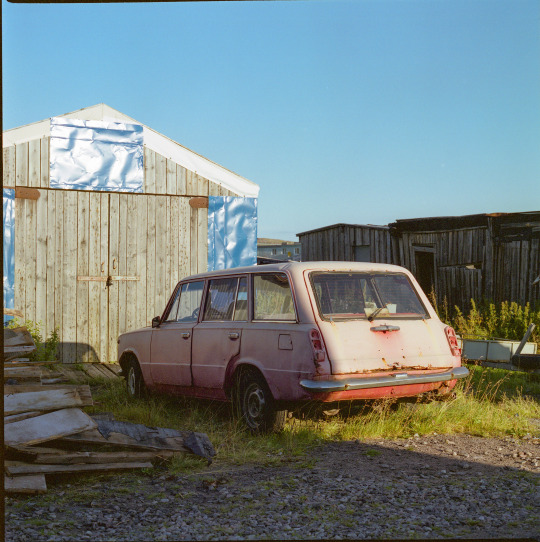

Cars of the north.
Teriberka, Murmansk Oblast, 2022
instagram
#my art#analog photography#wasteland#murmansk#teriberka#russian north#soviet car#abandoned#film photography#bronica gs-1#velvia 100#portra 160#medium format#6x6#6x7#medium format photography#photographers on tumblr#russian artist#post-soviet#lada
64 notes
·
View notes
Text
familiar place.

#oc#original character#character#chernobyl#1986#digital art#oil art#abandoned#ussr#post-soviet#art#fanart
21 notes
·
View notes
Text
Spaceman (2024, March; Netflix)
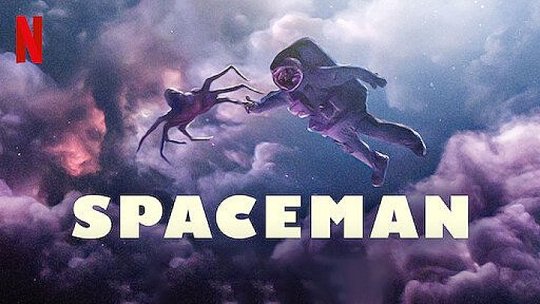
Why does Hanuš the space-spider never call Jakub the Czech cosmonaut, Jakub? And Hanuš instead keeps calling Jakub "skinny man"? I don't protest this about the movie. No, I think I love it.
Also I love how all the dialogue feels translated. As if it's not natively written in English. The post-neo-Soviet vibe, it fits the narrative so well.
In fact I think I'd love watching the movie with Czech audio and English subtitles. I wonder if that's possible... I suppose it's subtle but it would require me hunting for the Czech audio, which I'm 99% sure exists.
I also love the movie's subtext-dialogue about the notions of love, relationship, loneliness, attachment, self-centeredness, touch, beginning & end, cosmology, and so on and so forth.
So much to think about. It's like, I myself had to watch this in a couple of sittings, and I just had to watch it like two, three times to catch what I want to catch out of it...
Spaceman (2024 movie) at Wikipedia
#mini review#science fiction#fantasy#slow-pace#high-concept#post-soviet#love#movie#film#netflix#adam sandler#fz_thinkingOutLoud
4 notes
·
View notes
Text
youtube
I didn't want to post anything about this dude for a long time like I don't want to look like someone who writes on hype topics but lol look at this underground!
I've been there irl, it's pretty much the same as the one in my city (also a big post soviet city), the only difference was that instead of grids (like at 2:33) we have a blank wall and you can't look down at passing trains (for safety).
Russian metro is awesome, also look at stations from other cities and neighbouring countries (google pics).

"Palats Ukraina", Kyiv, Ukraine (Photo from 2010, all the Soviet decorations have now been removed)
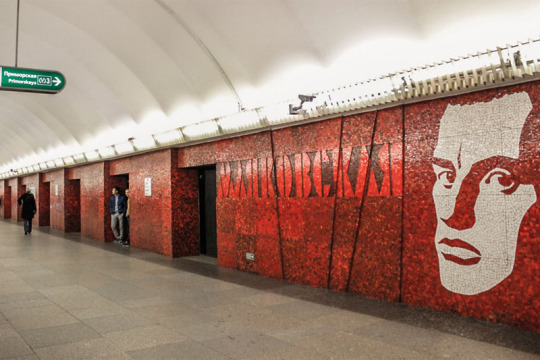
"Mayakovskaya", St. Petersburg, Russia

"Moskva", Almaty, Kazakhstan

"Botanicheskaya", Yekaterinburg, Russia

"Lefortovo", Moscow, Russia

"Dostoevskaya", Moscow, Russia

"Alisher Navoiy", Tashkent, Uzbekistan
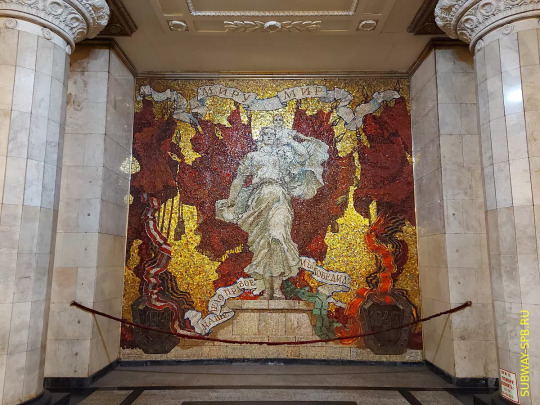

"Avtovo", St. Petersburg, Russia

"Pyatrowshchyna", Minsk, Belarus
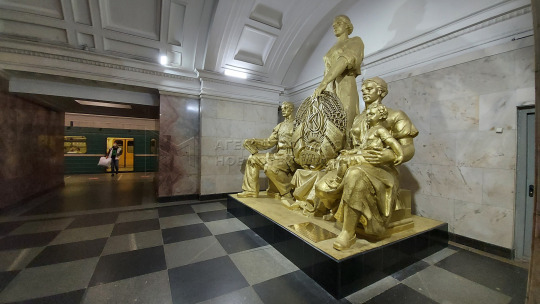

"Belorusskaya", Moscow, Russian


"Zoloti Vorota", Kyiv, Ukraine
#Youtube#Photo#Post-soviet#Subway#Russia#Ukraine#Belarus#Uzbekistan#Kazakhstan#Maybe I missed some stations that look like palaces I just chose to my taste and my taste is mostly Soviet aesthetics and national design#Some of the ones in the post I didn't even know about omg how beautiful#My favourite is Dostoyevsky station#Why isn't there a Lovecraft underground station in America?#My posts tag
2 notes
·
View notes
Photo
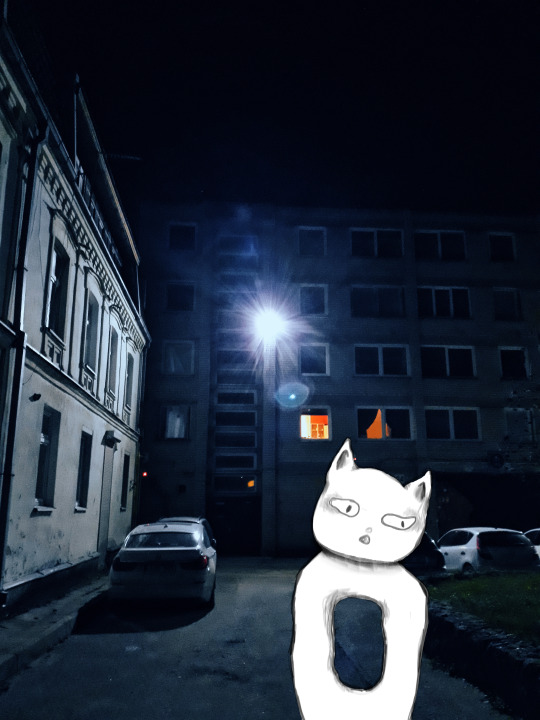
Post-soviet baby
#mine#original art#original content#dark art blog#art blog#photo#drawing on photo#photo illustration#artists on tumbl#dark art#dark illustration#surreal#surreal illustration#post-soviet#05#iliustracija
9 notes
·
View notes
Photo

ilya and emilia kabakov
22 notes
·
View notes
Text


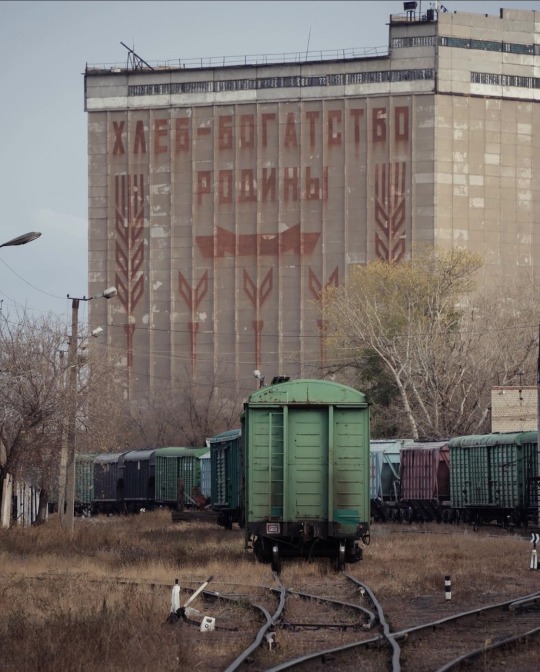
Photographs by Arseniy Kotov (@/northen.friend on Instagram) all in Russia
https://instagram.com/northern.friend?igshid=MDM4ZDc5MmU=
(Edit: if the quality looks jacked, tumblr did it. I hate this app.😐)
2 notes
·
View notes
Photo


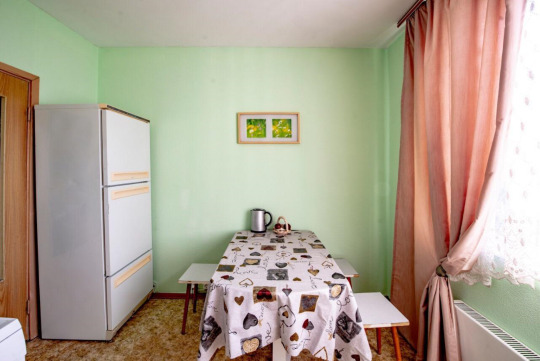
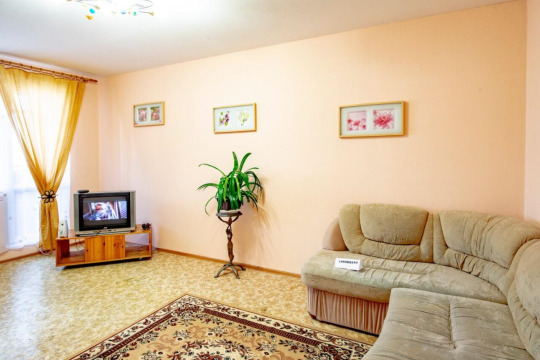
From the archive. A two-room apartment in Moscow Oblast.
#I love this one#russian apartments#russia#postsoviet#post-soviet#soviet apartments#plattenbau#khrushchyovka#interiors#interior design#room reference#reference
6 notes
·
View notes
Text
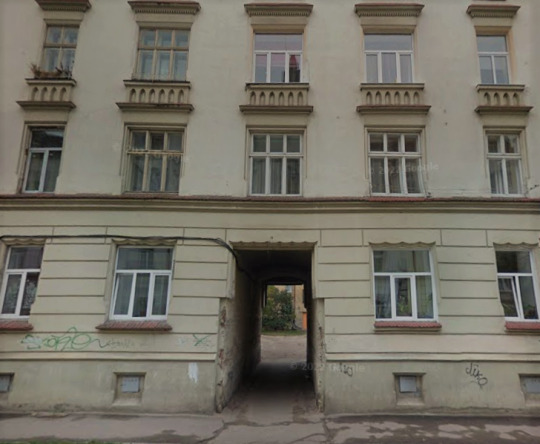
4 notes
·
View notes
Text
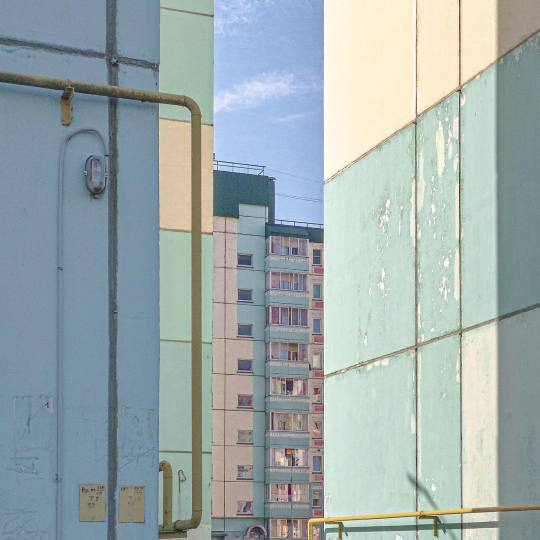
Pskov, by Dmitry Markov (1982-2024) (insta)
363 notes
·
View notes
Photo
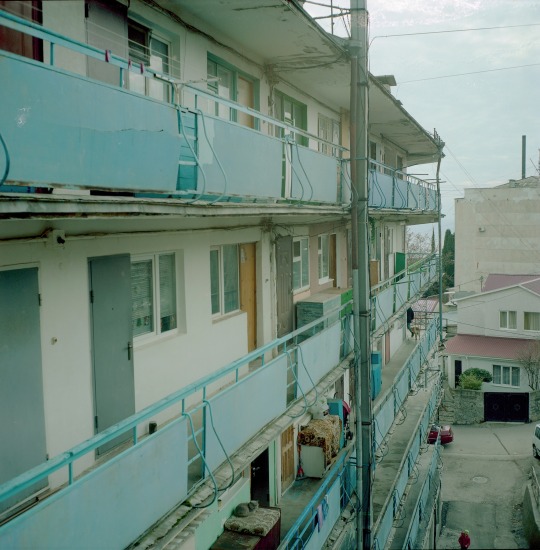




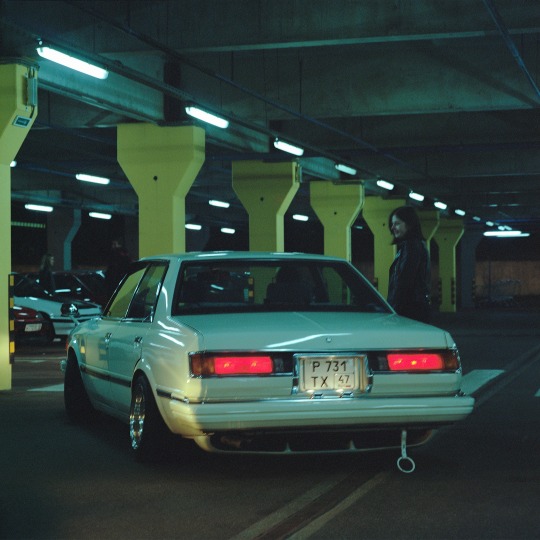
a place to be... a time to come
instagram
#film photography#120 film#medium format#analog photography#portra 400#gx61#toyota cresta#nissan laurel#gx51#soarer#z20#jdm#japanese car#soviet architecture#post-soviet
23 notes
·
View notes
Text
I saw an Australian do this and I wanna try too - which one of these Russian foods is fake?*
*Russian food here refers to food that is eaten by Russians, not specifically Russian in origin. a lot of "Russian food" is Ukrainian, Belorussian, uzbek, Tatar etc. in origin.
Fuck Putin.
0 notes
Text
“Imagine a creature left behind by evolution. It is obedient, passive, and dependent on others for its care. Devoid of morals, it lies in order to survive. Such is the fate of Homo Sovieticus, the personality type identified by Yuri Levada’s sociological surveys on the ‘simple Soviet man’ of the late 80s. Homo Sovieticus was expected to go extinct with Russia’s post-Soviet transition, only to receive an alarming new lease of life. Scholars and journalists such as Masha Gessen and Joshua Yaffa have invoked the concept to attribute the country’s current brand of authoritarianism under Vladimir Putin to the subservient mindset of its citizens.
Gulnaz Sharafutdinova, a political scientist at King’s College London, rejects the ‘hopelessness’ and ‘Russophobia’ of such interpretations. She calls for ‘an emotionally intelligent’ approach that is focused on ‘empathizing with the Russian population, rather than pointing to where it went wrong’. In The Red Mirror, she attempts to diagnose the Russian condition without relying on Homo Sovieticus or assuming the superiority of its imagined foil, the liberal Western subject. She proposes that polling data like Levada’s can be stripped of its Cold War-era ideological foundations and retrofitted to produce a more convincing assessment of the collective psyche. ‘You can’t step twice into the same river—a classic saying’, she writes. ‘Or can you? . . . How can we use the insights in social psychology to arrive at a less biased understanding and give credit and the blame where they are due?’
Sharafutdinova grew up in the republic of Tatarstan, an oil-rich region with a majority Tatar population, and received her PhD from George Washington University. Her first book, Political Consequences of Crony Capitalism inside Russia (2010), examined the rise of corruption in the provinces. As privatization and free elections were introduced simultaneously in the early 90s, access to power meant access to property, and vice versa. Sharafutdinova identifies two political models that emerged: ‘centralized and noncompetitive’, the system favoured by the tight-knit Tatar elite, and ‘fragmented and competitive’, which characterized the Nizhnii Novgorod region under Yeltsin ally Boris Nemtsov. In the latter, politicians aired corruption scandals over the course of nasty campaigns, leading many voters to see elections as elite infighting and to respond with apathy and protest voting. As competitive democracy delegitimized itself, the Tatar model looked increasingly appealing. Popular disillusionment with democratic institutions united the self-interest of Putin’s circle with the desires of an alienated public. This, Sharafutdinova argues, is why most Russians didn’t mind when Putin abolished regional gubernatorial elections in 2004 (according to polls) and why his popularity remained high even as oil prices dropped.
By March 2014, when ‘little green men’ wearing unmarked uniforms appeared on the island of Crimea, apathy had given way to euphoria. The Red Mirror is focused on ‘high Putinism’—the enormous esteem the president enjoyed in the wake of the annexation, when his approval rating regularly exceeded 80 per cent. It fell to pre-Crimea levels of 65–70 per cent after the announcement of the highly unpopular pension reform in June 2018, which raised the retirement age by five years for men and eight for women, but has held relatively steady ever since. Like some liberal American writers who have made forays into Trump country, Sharafutdinova says that her study is motivated by a ‘personal urge’ to understand why many of her friends and family in Russia take a positive view of Putin. She does not accept that their perceptions stem from ‘brainwashing and propaganda’, ‘cultural preferences for a strong hand’, or ‘moral bankruptcy and the inability of Russian people to distinguish right from wrong’, as the Homo Sovieticus paradigm would suggest.
‘Homo Sovieticus’ inverted the Bolshevik concept of the New Man, which promised to reform human beings into a perfected, generalizable type. According to later observers, the revolutionary social experiment had gone horribly awry. Émigré sociologist Alexander Zinoviev created the first popular formulation of Homo Sovieticus in his novelistic depictions of Soviet life from the early 80s. Zinoviev’s interest in taxonomizing socialist man was expressed in a different key by Eastern Bloc dissidents who spoke out against what they saw as their peers’ passivity and conformity, captured by Vaclav Havel’s famous example of a greengrocer who puts a ‘Workers of the World, Unite!’ sign in his window. As Sharafutdinova explores here and in a 2019 article for Slavic Review (‘Was There a “Simple Soviet” Person? Debating the Politics and Sociology of “Homo Sovieticus”’), these ideas dovetailed with the model of totalitarianism inspired by Hannah Arendt. Scholars of the totalitarian school, backed by generous funding from the US government, shared an assumption that the collective nature of state socialism destroyed the individual autonomy essential for democracy and free markets.
Levada put notions about the ‘simple Soviet man’ on an empirical foundation when he took over the All-Union Center for Public Opinion Research in the late 80s, as part of Gorbachev’s effort to enlist the social sciences in reforming the Soviet system. At the time, many members of the intelligentsia were decrying Russians’ degradation as a means of calling for change. Levada’s research combined concerns about the Soviet Union’s debased inhabitants (referred to in ironic domestic parlance as the ‘sovok’) with approaches derived from Talcott Parsons’ social systems theory. Levada discovered the cowering practitioner of doublethink that he had set out to find, while expressing confidence that this figure would die out along with the Soviet state.
While Western Sovietology faded away, criticism of the backward masses persisted among Russian intellectuals who sought a scapegoat for the country’s apparent failure to adapt to capitalist modernity. Levada’s successor Lev Gudkov, who has headed the independent Levada Center since 2006, announced that Soviet man was mutating and taking on increasingly cynical and aggressive forms. According to Gudkov’s Abortive Modernization (2011), ‘the main obstacle for Russia’s modernization “. . . is the type of the Soviet or post-Soviet man (homo sovieticus), his basic social distrust, his experience of adaptation to violence, that makes him incapable of receiving the more complex moral/ethical views and relationships, which, in turn, makes the institutionalization of new social forms of interaction impossible”. Gudkov’s argument became the go-to framing for Anglophone journalists in search of a hot (if reheated) take: ‘The Long Life of Homo Sovieticus’, a 2011 headline in The Economist proclaimed. Its usage intensified after Donald Trump’s election, when the increasingly ambiguous status of the liberal Western subject rekindled longings for its constituent other and the associated Cold War verities. The persistence of Soviet man is the central conceit of Gessen’s The Future Is History: How Totalitarianism Reclaimed Russia (2017) and Yaffa’s Between Two Fires: Truth, Ambition and Compromise in Putin’s Russia (2020). Both authors are staff writers for The New Yorker.”
- JOY NEUMEYER, “BURYING HOMO SOVIETICUS.” New Left Review. Issue 129 May/June 2021.
#homo sovieticus#soviet union#sovietology#post-soviet#levada center#failure of sociology#cold war#putinism#russian federation#the russian character#national stereotypes
0 notes
Text
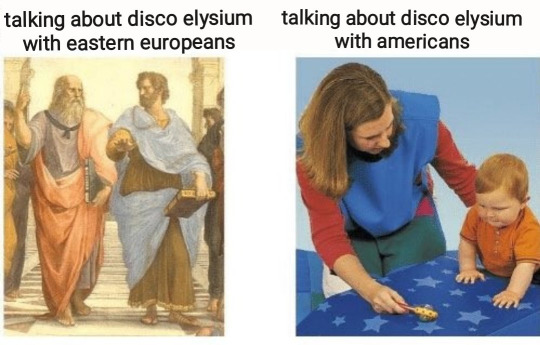
ive just watched a youtube video about disco elysium and now i feel like this
#the video wasnt BAD bad just very basic#and A LOT of stuff flew over that youtubers head#like very surface level political analogies to soviet/post soviet archetypes#and i was like??? do you have to have certain background to get it??? sure not you can research and google what ppl think and whatnot#but oh well#the worst DE takes are always from USAmericans sorry my oomfies#disco elysium
478 notes
·
View notes
